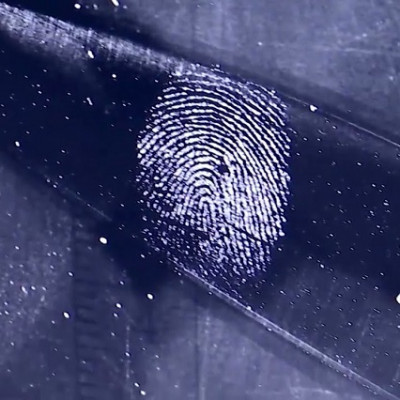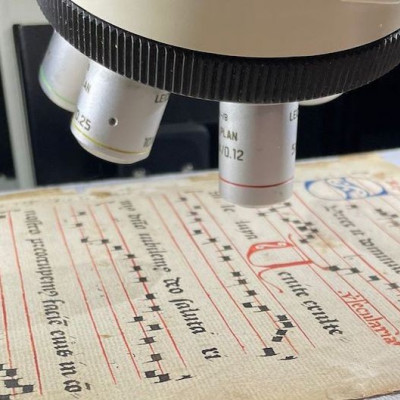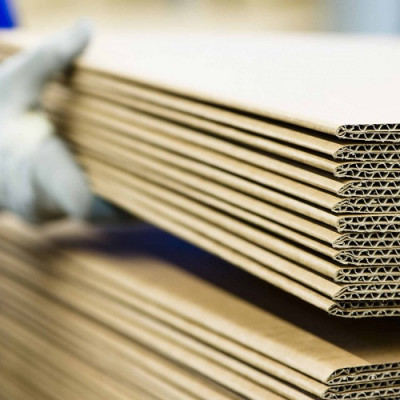Nanocellulose technology has been attracted the interest of researchers and entrepreneurs in the recent decade, to the extent that some governments have allocated specific budget to this subject or devised long-term and short-term plans for its development. By investing on academic researches, countries have succeeded in identifying various applications of nanocellulose technology, and they have commercialized nanocellulose technology in some areas by investing in private or governmental sectors and absorbing entrepreneurs and experts. The production of nanocellulose in wood factories has many advantages.
One of the main advantages is that the technology can be used in forests where wood producing factories are located, and it can use sawdust and chopped woods. The process is so attractive that some companies have developed new methods for the production of nanocellulose from wood pulp. A while ago, the Dutch company of Sappi in association with University of Edinburgh presented a cost-effective method for the conversion of wood to nanocellulose without using chemicals or production of waste materials. This method converts materials with low added value such as sawdust that is usually used in the production of commercialized fibers into materials with higher added value such as nanocellulose. Availability of raw materials, cost-effective process, ease of production, high yield, and low amount of waste materials are among the reasons why companies work on the production of nanocellulose from chopped wood.
The Filipino government has been recently working on the industrial production of nanocellulose from wood section and growing trees. A project has been run in this country to produce nanocellulose and bioplastic from wood and wood wastes. Increasing added value of the materials and waste materials produced during the growth of trees by using nanotechnology are among the objectives of the project. Bioplastics are among products of the project. This country has invested 5 million Pisos on this project in order to support recent progresses in the field of nanotechnology and bioplastics and to create higher added value on chopped wood.
Creating new job opportunities is the second advantage of producing nanocellulose from chopped wood in cutting wood factories. These factories are usually located in villages and far area where it is very hard to create job opportunities, especially at large scale. However, the application of nanocellulose production technology directly creates job opportunities for university graduates as well as indirectly creating other job opportunities such as transportation, applications of the produced nanocellulose, etc.
Another advantage of producing nanocellulose from waste materials of wood factories is production of byproducts such as nanofilters, nanocomposites, and biodegradable plastics, which finally create wealth in non-industrialized villages and far-away areas. Celluforce is a Canadian company that established its production line to produce nanocrystalline cellulose from wood pulp and paper manufacturing site in 2012. This company received a fund of $4,000,000 from Sustainable Development Technology Canada (SDTC) in order to develop nanocellulose technology in oil, gas, and forestry sections. This is the actual example of creating a new product from nanocellulose made of chopped wood.
Therefore, creating a production line for the production of nanocellulose in wood producing factories can result in the production of new byproducts and convert sawdust to a material with higher added value as well as creating job opportunities in the area.







